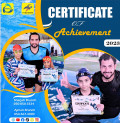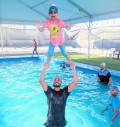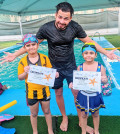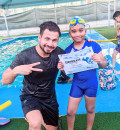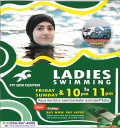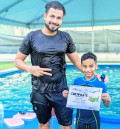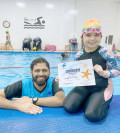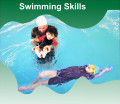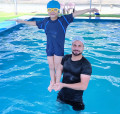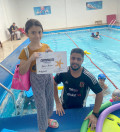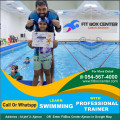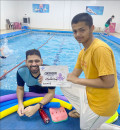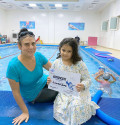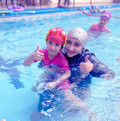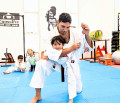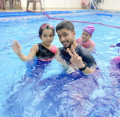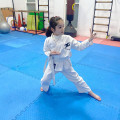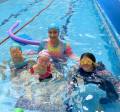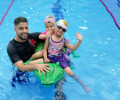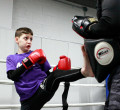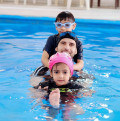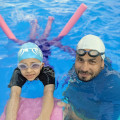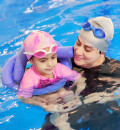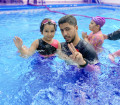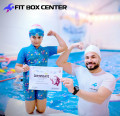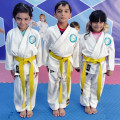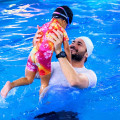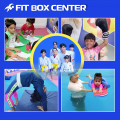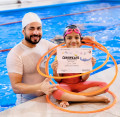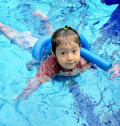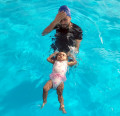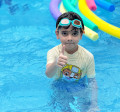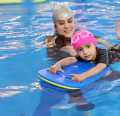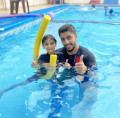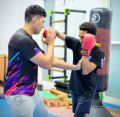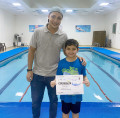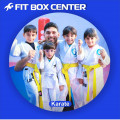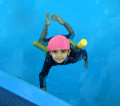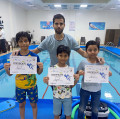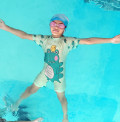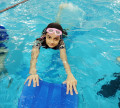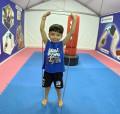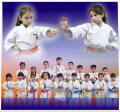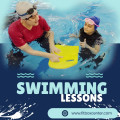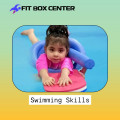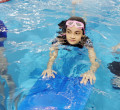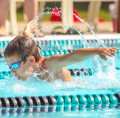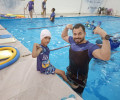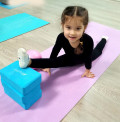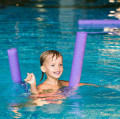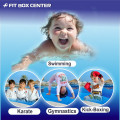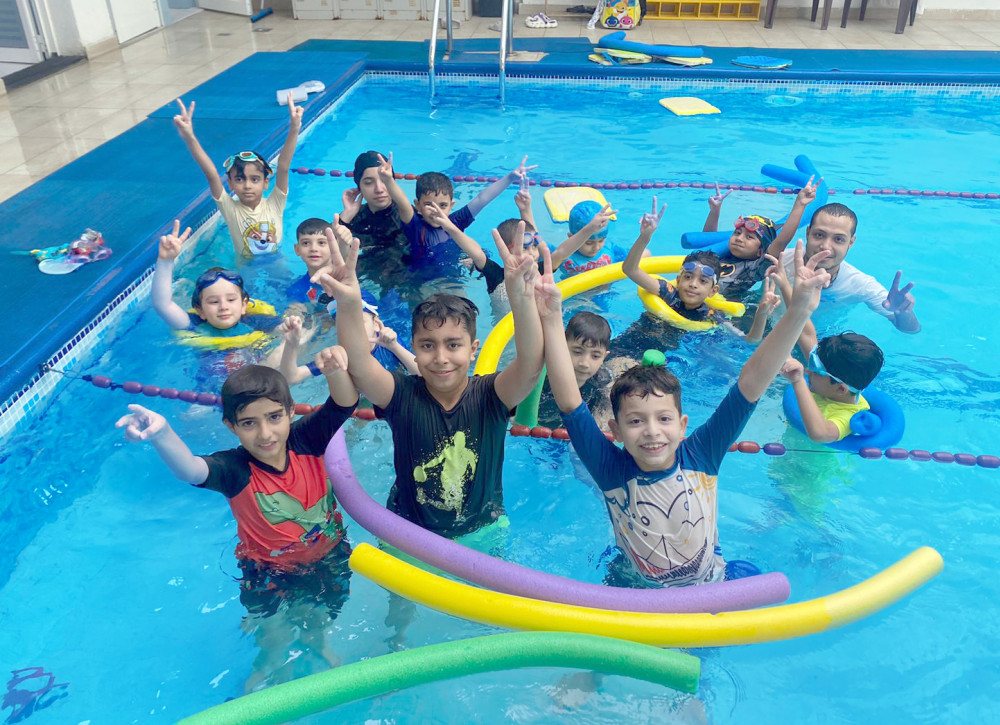
Swimming Pool Training for Kids in the Summer Season
2024-08-26 - swimmingSwimming Pool Training for Kids in the Summer Season
Introduction
Swimming is more than just a fun summer activity—it's a vital life skill that every child should learn. Not only does swimming help kids stay active and healthy, but it also equips them with the skills needed to be safe around water. The summer season, with its warm weather and long days, provides the perfect opportunity to introduce kids to swimming. Whether your child is a beginner or looking to improve their skills, summer pool training is the ideal way to make learning enjoyable and effective.
Preparing for Swimming Pool Training
Before diving into swimming lessons, it's crucial to ensure that your child has the appropriate gear. A well-fitting swimsuit, swim cap, and goggles are essential for a comfortable experience. Goggles, in particular, help children see underwater clearly, which can boost their confidence in the pool. Additionally, swim fins and kickboards can be useful tools for beginners, helping them develop strength and coordination.
Teaching Basic Swimming Skills
Getting Comfortable in the Water
For children who are new to swimming, getting comfortable in the water is the first step. Encourage your child to play in the shallow end of the pool, where they can splash around and get used to the sensation of being in the water. This stage is all about building confidence.
Learning to Float
Floating is a fundamental skill that provides the foundation for all other swimming techniques.
Front Float
Start by teaching your child the front float, where they lie face down in the water with their body stretched out. It’s important to remind them to relax and trust the water to support them.
Back Float
The back float is equally important, allowing the child to float on their back with their face above water. This technique is often easier for beginners as they can keep their face out of the water.
Introduction to Breathing Techniques
Proper breathing techniques are essential for swimming. Teach your child to inhale through their mouth and exhale through their nose while their face is in the water. Practicing this in short intervals helps them get comfortable with the rhythm of breathing while swimming.
Advancing Swimming Techniques
Mastering Basic Strokes
Once your child is comfortable with the basics, it's time to introduce them to swimming strokes.
Freestyle
The freestyle stroke, also known as the front crawl, is often the first stroke taught. It involves alternating arm movements combined with a flutter kick and rhythmic breathing.
Backstroke
The backstroke is another fundamental stroke that your child can learn. It’s performed on the back with alternating arm movements and a flutter kick, similar to freestyle but with the face above water.
Improving Kicking Techniques
Kicking is a vital component of swimming, providing propulsion through the water. Teach your child to keep their legs straight and kick from the hips rather than the knees. Practicing with a kickboard can help strengthen their kicking technique.
Developing Arm Movements
Arm movements are equally important in swimming. Focus on smooth, controlled arm strokes that are coordinated with breathing and kicking. This will help your child move more efficiently through the water.
Overcoming Common Challenges
Dealing with Water Fear
It’s not uncommon for kids to be afraid of water, especially if they’re just starting. Patience is key here. Gradual exposure, starting with playing in shallow water and progressing to deeper areas as comfort grows, can help alleviate fear.
Building Endurance in Kids
Swimming can be tiring for beginners. To build endurance, start with short sessions and gradually increase the duration as your child’s stamina improves. Regular practice is essential for developing both strength and endurance.
Encouraging Consistency and Practice
Consistency is crucial in learning to swim. Encourage regular practice sessions, even outside of formal lessons. The more time your child spends in the water, the quicker they’ll improve.
Importance of Hydration and Sun Protection
Staying Hydrated During Pool Sessions
Swimming might not feel like a strenuous activity, but it’s important to keep your child hydrated. Make sure they drink plenty of water before and after their time in the pool to avoid dehydration.
Applying Sunscreen Properly
If your child is swimming outdoors, sunscreen is a must. Apply a water-resistant sunscreen at least 15 minutes before they enter the pool and reapply every two hours, or more frequently if they’re in the water for extended periods.
Wearing Protective Gear
In addition to sunscreen, consider other protective gear like swim shirts or hats. These can provide additional protection from the sun’s harmful rays, keeping your child safe during long summer pool sessions.
Benefits of Swimming Pool Training
Physical Benefits
Swimming is an excellent full-body workout that improves cardiovascular health, strengthens muscles, and enhances flexibility. It’s also low-impact, making it a great exercise for kids of all fitness levels.
Mental and Emotional Benefits
Swimming also has mental health benefits, helping to reduce stress and anxiety. The focus and rhythm required in swimming can be calming, providing a sense of achievement and boosting self-confidence.
Social Benefits
Group swimming lessons or pool playdates encourage social interaction, helping kids develop communication skills and teamwork. It’s a great way for children to make new friends and learn the importance of cooperation.
Conclusion
Swimming pool training during the summer season is not only a fun way to beat the heat but also an invaluable life skill that provides numerous physical, mental, and social benefits. By preparing properly, practicing consistently, and ensuring safety, your child can enjoy and excel in swimming. Whether they’re just starting or looking to refine their skills, summer.




























